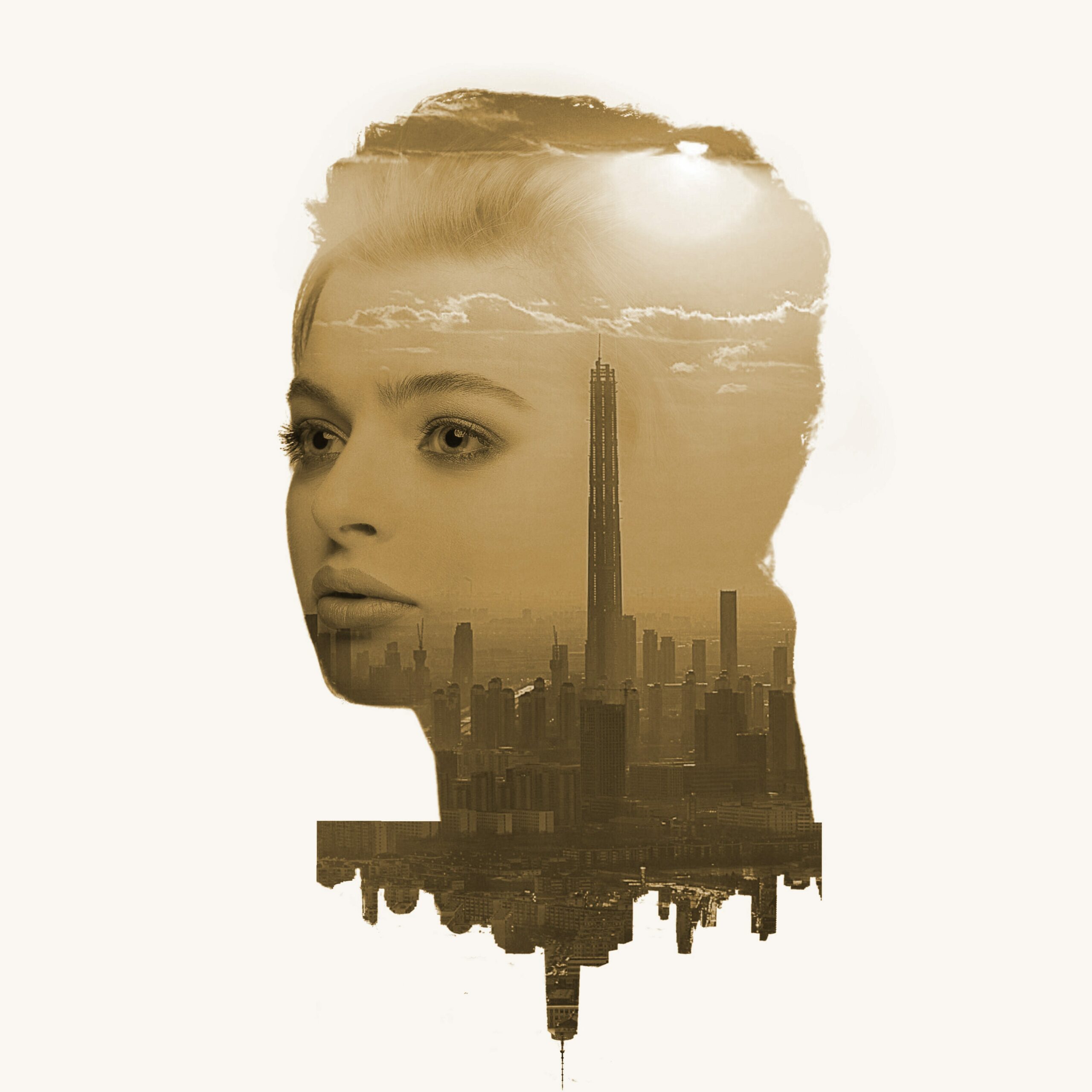Face Effects allow you to make alterations to faces in Lens Studio. Face effects can be used to make subtle changes on the face, exaggerated changes such as bulging of the face, and you can even add art and art objects to the face. These face effects include eye color, face stretch, face liquify, and more. Let’s look at these face effects in more depth.
Blog
Fingerprint Authentication using Android’s Biometric API
ArticlesRecently, Google released the first stable version of the androidx.biometric library, which allows developers to use the BiometricsPrompt to bring a standardized experience for fingerprint authentication and potentially fewer bugs when the developers implement it from scratch.
In API 28, the FingerprintManager was deprecated and BiometricPrompt came into the picture. It shows a system-provided dialog upon starting the authentication, unlike the FingerprintManager class where the developer had to design the UI for the fingerprint dialog, manage its state, add custom error handling, use 3rd party libraries which can handle fingerprint authentication for you, and more—in other words, a lot
Continue reading Fingerprint Authentication using Android’s Biometric API
Fetching and listing conversations for an Android chat application
ArticlesThis tutorial continues the development of an Android chat application. Here, we’ll add the ability for registered users to retrieve their chat conversations.
Continue reading “Fetching and listing conversations for an Android chat application”
Combining artificial intelligence and augmented reality in mobile apps
ArticlesAugmented reality (AR) and artificial intelligence (AI) are two of the most promising technologies available to mobile app developers. Huge hype cycles and rapidly evolving tools, though, have blurred the lines between the two, making it difficult to tell where AI ends and AR begins. This post aims to disambiguate AR and AI. It covers how AR and AI work together, the current state of SDKs and APIs for each, and some practical ways to combine them to build incredible mobile experiences.
Continue reading Combining artificial intelligence and augmented reality in mobile apps
Building a React Native Background Location Tracking App
ArticlesIn this project, we’ll use the react-native-maps and react-native-background-geolocation package, a group of React Native map components for iOS + Android that we’ll use to configure a React Native location tracking application.
Here, we’ll focus on building the tracking app project for iOS. The library ships with platform native code that needs to be compiled together with React Native. This requires you to configure your build tools.
Continue reading Building a React Native Background Location Tracking App
Building a Neural Network From Scratch Using Python (Part 1)
ArticlesArtificial intelligence (AI) is a buzzword you see pretty much everywhere around you, even when you’re not looking. It has completely dominated tech media, newsrooms, and is even credited with the success of many modern applications.
But does it really work, or is it just hype? Truth is, it does. While there might be some hype around its capabilities, AI has been demonstrated both in research and industry to work really well for a variety of tasks and use cases.
Continue reading Building a Neural Network From Scratch Using Python (Part 1)
Build your first Android AR app with ARCore and Sceneform in 5 minutes*
ArticlesIn this tutorial, I’ll walk through how to start building an Augmented Reality Android application using Google’s new Sceneform SDK. First off, I’ll cover some quick concepts and then jump into project setup and some code. If you just want to dive in straight away, you can check out my GitHub repo below!
Continue reading Build your first Android AR app with ARCore and Sceneform in 5 minutes*
Deep learning-based video summarization — A detailed exploration
ArticlesWith the immense growth of videos on the internet, it’s become really difficult to efficiently search amongst millions of them. When searching for an event query, users are often bewildered by the vast quantity of videos returned by search engines like Google. Exploring such results can be time-consuming and can also degrade the user experience.
Hence, we’ll be discussing ways to automate this process with machine learning-based video summarization techniques.
Continue reading Deep learning-based video summarization — A detailed exploration
Community Spotlight: Superimpose X
ArticlesWhether you’re looking to touch up a family portrait or create a surreal masterpiece, Superimpose X’s expansive photo editing toolkit will help you realize your vision. Superimpose X inspires creative approaches with 3 primary sets of editing tools: layers, masks, and effects like blurs, color corrections, smudges, and more.
Building Text Detection apps for iOS and Android using React Native
ArticlesWe live in the world that’s still transitioning from inventions of the Renaissance to inventions of the modern technological era. A couple examples: We still exchange business cards during meetings but store our numbers on cell phone; we still receive paper bills for our electricity, gas, and other utilities but pay them through mobile accounts. The list goes on and on. With the growing advances in machine learning, many steps of these processes can be eradicated right away.
Continue reading Building Text Detection apps for iOS and Android using React Native









